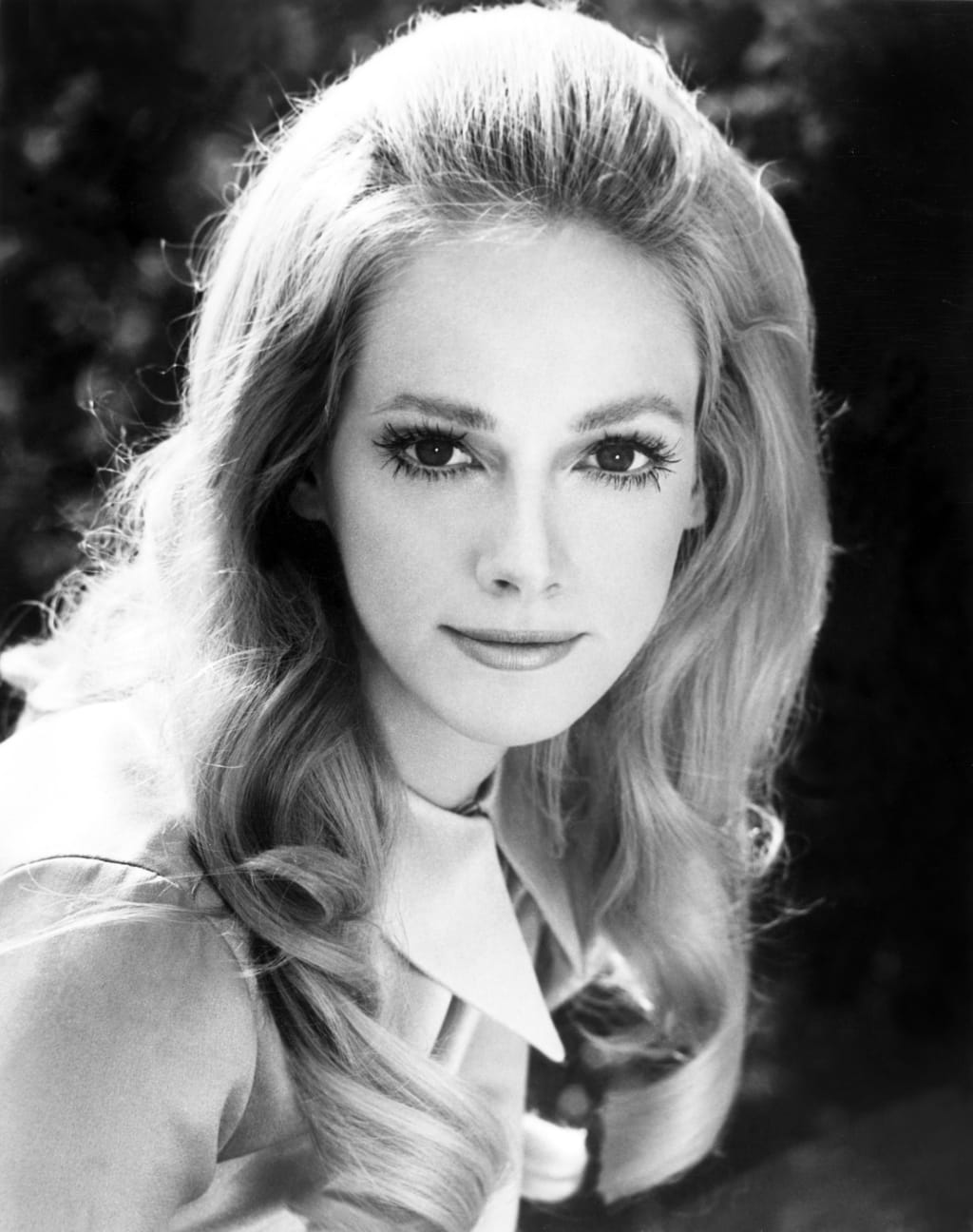
“I don’t think women can be directors. To be a director you have be an S.O.B.” (Joan Harrison in the New York Times, 1957)
Imagine a Hollywood where this sort of idea hadn’t taken a stranglehold. Imagine the different stories that could be told. Less stories bullied out of actors, but instead cajoled or bewitched - a deeper emotional truth with a flourishing human at the centre.
I love cinema. I am a fan of the glamour and the grit of a bold story told on a big screen. But studying cinema, researching film history can be demoralising. Glimpsing behind the lights, camera, action to see how little women matter is exhausting.
As Helen O’Hara says in her wonderful book Women versus Hollywood:
“The Hollywood dream has not been open to everyone and with a large majority of roles and senior jobs going to white men, its scales have often been tipped against women” (2021: ix)
She argues this persuasively and with a meticulous use of research, and on reading it what I gained was a melancholy about the stories that didn’t get told as a result.
Sondra Locke (28 May 1944 – 3 November 2018) is an example of this. Her story is one of those that haunts Hollywood.
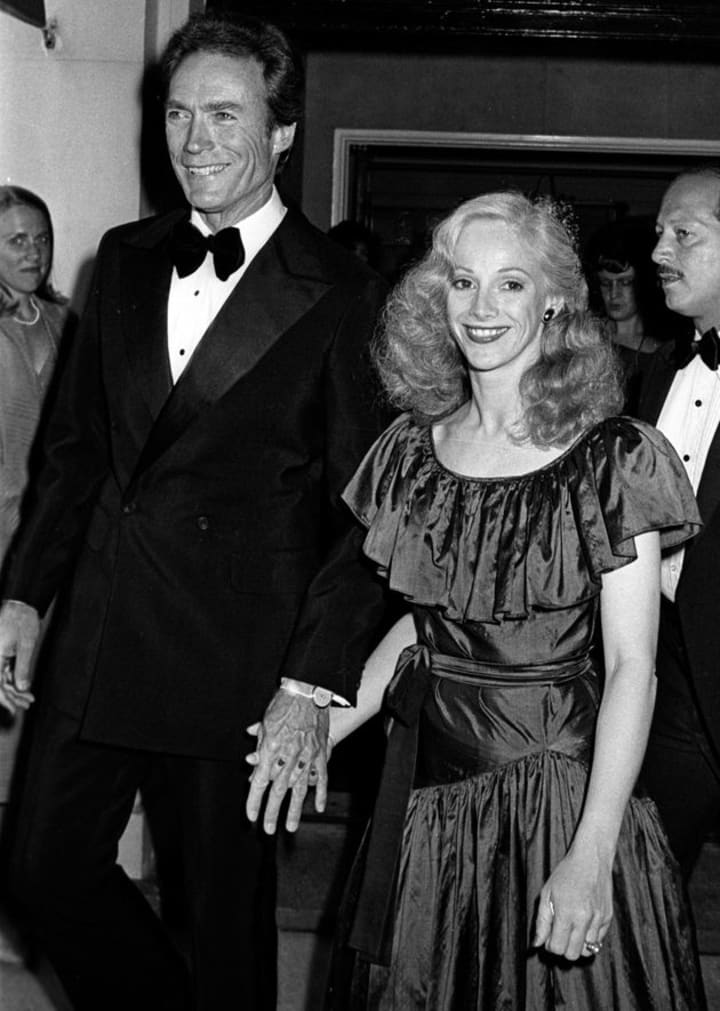
When she died most of the obituaries started and finished with her relationship with Clint Eastwood and the acrimonious law suits that followed (Palimony, 1989 and Fraud in 1996), to the extent that her story becomes Clint’s. And yet, biographies and clippings of Clint do not focus on his relationship with her. In his story, she is a mention.
A relationship is disputed territory because it is always two people’s stories. However, there are few ways of telling the story of Sondra and Clint which paint in him a good light. Even if we accept his version of events (for example, that he didn’t force her to have two abortions or surgery), there is a coldness in his description of her as “occasional flatmate” as he boxed up her possessions and refused her access to the house she had renovated.
Sondra settled the 1989 palimony case. (Sorry, can we just take a moment to enjoy the word Palimony – a portmanteau of the words pal and alimony for those who are not married). She settled because Eastwood said he had secured her a $1.5million contract to direct films with Warner Brothers. However, over the course of that deal she pitched more than 30 movies but never got to direct any. Some of her pitches went on to be successful movies directed by other people. This was despite the fact that Sondra had directed before and to critical acclaim.
She discovered that the deal was a sham. As she writes in her autobiography:
“He would show me who was boss, have the last laugh. He would arrange a contract for me in which I would never work… I would eventually learn of the secret deal between Clint and Warner Brothers… The money Warner Brothers pretended they were paying me was in fact all coming from Clint Eastwood’s pocket” (1997: 4)
Sondra’s book is beautifully written by an accomplished story-teller. It is a prime example of her talent.
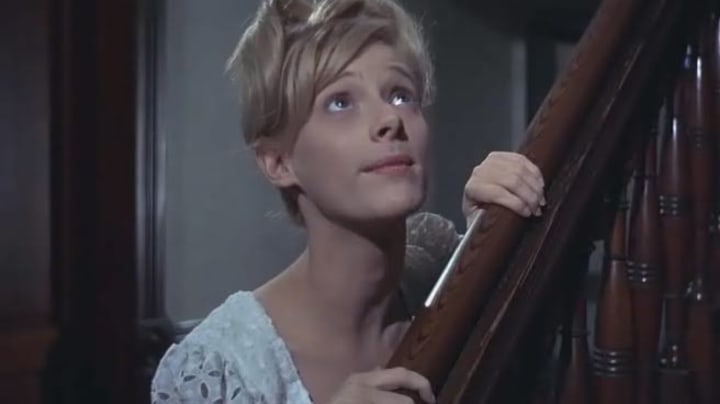
Sondra was an actress, singer and director. Her first role was in 1968 as Mick in The Heart is a Lonely Hunter. It earned her an Oscar nomination. Her first flush of success is the kind of story that bolsters the Hollywood myth. She got the hotly contested part by tying down her bosom and lying about her age. Her screen presence in this and subsequent films is fragile, wistful and sexy.
Her affair with Clint begins in 1975 when she is cast in The Outlaw of Josey Wales. And for the next ten years, she worked exclusively in Eastwood vehicles on the big screen. (Although she took other roles on TV).
Locke says of this time:
“People can say ‘he made her famous, he gave her movies’. He didn’t give me movies. I did a job. He didn’t make me famous. It was never my fame – it was his fame. I was Clint’s girl. I only stood to lose professionally” (The Washington Post, Nov 20, 1997)
The relationship stalled and ultimately failed when Locke moved into directing. Most notable in her directing career was the erotic thriller Impulse (1990), starring Theresa Russell.
And there should have been more.

But the work of a female director no matter how critically acclaimed or commercially successful, is rarely supported consistently. USC Annenberg’s Media, Diversity and Social Change initiative uncovered a pattern of female directors of being “one and done”. That is 80% of female directors made just one movie in the decade studied – regardless of the success of the project. (Hollywood Reporter, 2017).
If this is a pattern, Locke was deliberately and maliciously held to it. That she directed any films at all is a testament to a steel beyond the innocence of her screen persona.
But there is another strand to Locke’s story. She was a married woman. In 1969, she married Gordon Anderson and remained married to him until her death in 2018.
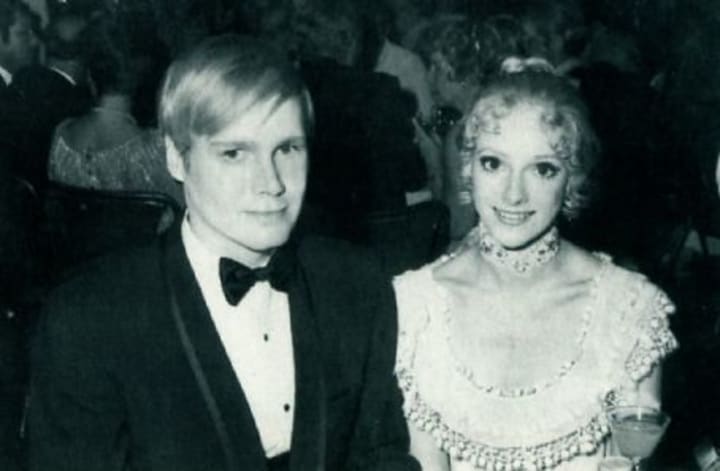
The Good, The Bad and The Very Ugly, the title of Locke’s autobiography suggests a hatchet job on a leading man. However, it is actually a love story to her main man. Gordon was a school friend and was the man who announced her death.
Sondra does not say much about her motivation to marry Gordon:
“However conventional or unconventional our marriage might turn out to be honestly did not concern me that much. I was very young, but I had come to feel that, for me, sex was the least important element in a relationship and the one thing that time had proven to me was that my love for Gordon came from such a deeply connected place that it transcended everything else. “
Gordon was gay and Sondra was a woman who needed to leave home. The only way that they could live together in the 1960s in the Southern States of America was to marry. It served them both and she pays tribute to him as her ‘lifelong companion’ and ‘her light’.
Sondra died in November 2018 from breast cancer, six months after the release of her final acting credit as Helen in Ray Meets Helen. The New York Times describes that film as having a “wistful, whimsical sophistication”. These are fitting words for Sondra Locke and I wish we could have seen more of it.
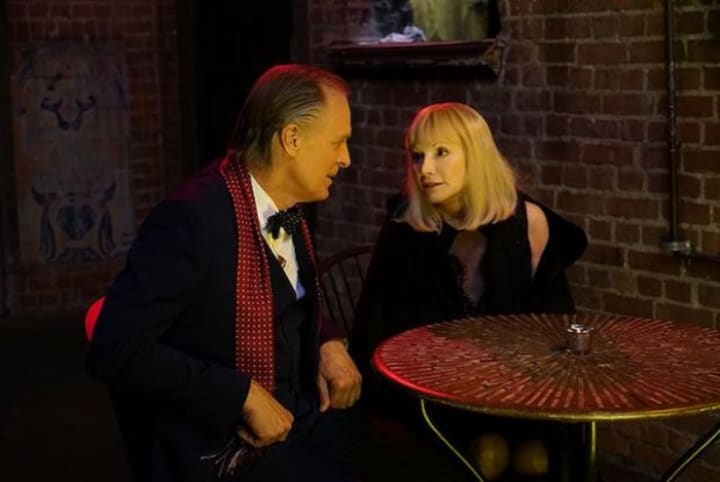
About the Creator
Rachel Robbins
Writer-Performer based in the North of England. A joyous, flawed mess.
Please read my stories and enjoy. And if you can, please leave a tip. Money raised will be used towards funding a one-woman story-telling, comedy show.
Enjoyed the story? Support the Creator.
Subscribe for free to receive all their stories in your feed. You could also pledge your support or give them a one-off tip, letting them know you appreciate their work.


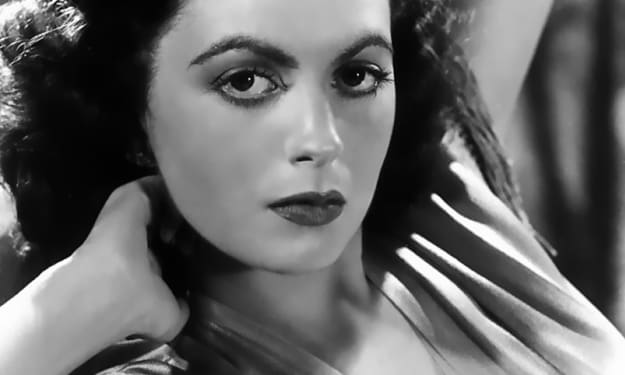



Comments (1)
I seldom read the stories behind the story makers but this one was gripping. Thanks for sharing. I will look out for more of Sondra’s work